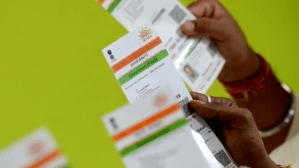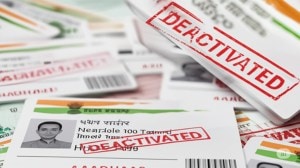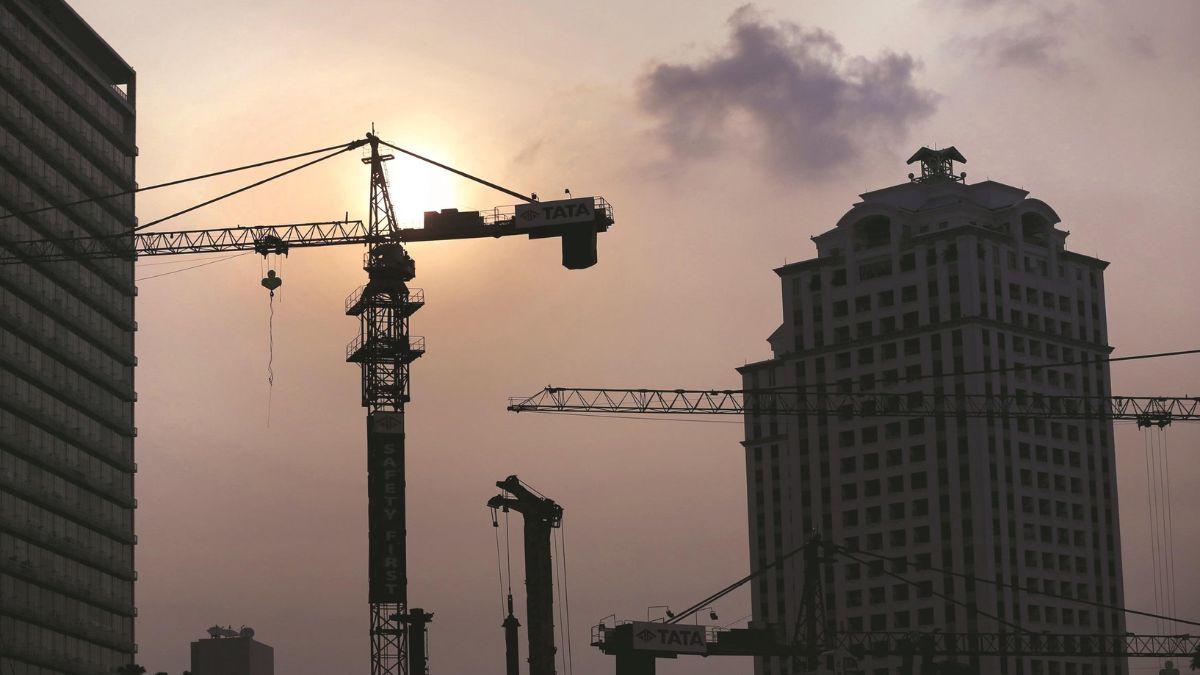By Deepak Kapur
Driving a universal vaccination program in a highly populated and diverse country like India is no easy task, but the country exceeded everyone’s expectations during the height of the COVID-19 pandemic. Not only did India halt the spread of the virus, but it also produced vaccines within a record time of 11 months after the first case in the country; exported the same to more than 90 countries globally; and conducted one of the world’s largest COVID-19 vaccination drives.
How did such an achievement come about?
India was able to execute a successful public health intervention for COVID-19, thanks largely to strong partnerships, a lesson India learned from its success against polio.
Nearly 35 years ago, the government of India, along with other national governments, Rotary, and the partners of the Global Polio Eradication Initiative (GPEI) committed to ending polio.
At that time, there were about 350,000 cases a year. Now, polio cases have been reduced by more than 99.9 percent, and wild polio only continues to circulate in Afghanistan and Pakistan.
India, which was certified polio-free nine years ago as part of the World Health Organization (WHO)’s South-East Asia region, reached that milestone with support from a host of partners, including Rotary’s India National PolioPlus Committee. Notably, Rotary members across the country became grassroot agents of change. They helped overcome cultural, geographical, and socio-political challenges to ensure the polio vaccine was accessible to all communities. The country has since become a case study on how to implement mass immunization programmes successfully.
Strategic Collaboration on COVID-19, Leveraging CoWIN
At the outset of the pandemic, India’s Ministry of Health and Family Welfare (MoHFW) collaborated with the United Nations Children’s Fund (UNICEF), the WHO, and other United Nations (UN) agencies to contain the spread of COVID-19 and ensure the continuity of essential life-saving Maternal, Newborn, and Child Health (MNCH) services in India.
As India addressed the pandemic within its borders, it also worked to help reduce the global spread of COVID-19 by sharing its clinical research and mass immunization expertise with these global agencies and other healthcare entities, those in the pharmaceutical industry, other NGOs and non-profits, and the governments of other countries.
These collaborating partners continue to seek out and adapt India’s know-how, particularly regarding India’s Covid Vaccine Intelligence Network (CoWIN)—a digital COVID-19 immunization appointment registration platform. Now, the United Nations Development Programme (UNDP) is working with India to expand the scope of CoWIN to serve the immunization needs of other countries including Afghanistan, Bangladesh, Guyana, etc., as well as other health programmes including the Universal Immunization Programme, Reproductive, Maternal, Newborn Child plus Adolescent Health (RMNCH+A).
Teamwork: India’s Solution for Ongoing Immunization Challenges
Globally,UNICEF estimates that some 67 million children missed out entirely or partially on routine immunizations from 2019 to 2021. Although India’s response to the pandemic has been remarkable, routine immunization for all vaccine-preventable diseases (including polio) has stalled.
While the vast majority of India’s population agrees that routine immunization is an essential part of childhood health, India struggles to address a significant zero-dose (unvaccinated) and under-vaccinated population. Before the pandemic the number of zero-dose children in India stood at around 1.3 million, but that figure has more than doubled to 2.7 million in 2021.10
Thus, it’s time for India to re-commit to strategies from its successes against polio and COVID-19 and continue to engage the necessary partners to reach these children, in alignment with the GPEI’s broader goals for 2023: interrupting all remaining poliovirus transmission globally, both in Afghanistan and Pakistan and in outbreak settings.
Ultimately, partnerships and collaboration will continue to play an essential role in immunization efforts in India and around the world.
(The author is a Chairman of the Rotary International India’s National PolioPlus Committee. Views expressed are personal and do not reflect the official position or policy of the FinancialExpress.com.)








